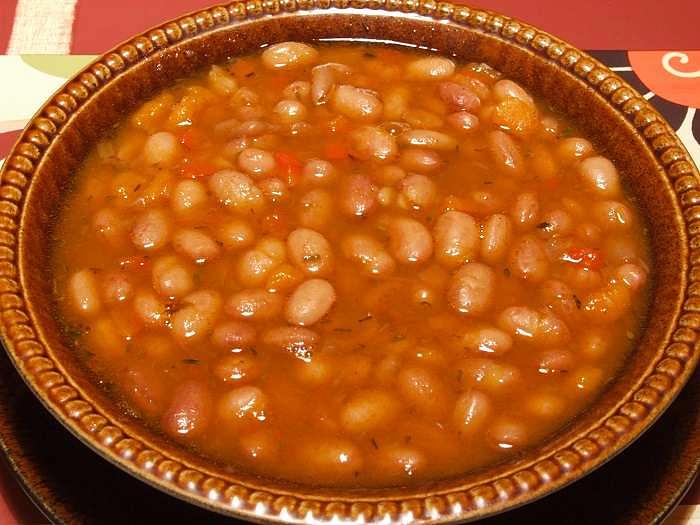Romanian villages could host home-cooked food centers for tourists

Tourists coming to visit Romania could soon sample traditional, home-cooked local food in villages across the country, if a project of the National Veterinary Health and Food Safety Authoriy (ANSVSA) goes through.
The authority plans to set up, beginning next year, a network of Local Family Gastronomical Centers in local villages. The members of a family would work in such one site, and the "family" approach would extend from service to the way the food is prepared. The project is meant to help develop local communities and local tourism.
The village households openings gastronomical centers will have to be registered and approved by ANSVSA, and pay a functioning fee. ANSVSA will check that they meet all food safety conditions.
“We are not talking about processed foods, only home-cooked food, everything that is cooked and eaten in one day. Just as at grandma’s place, for instance. Grandma’s kitchen needs to meet some basic sanitary and veterinary standards, needs to report the products that have been used, either from its own production or if we are talking about meat bought from the butcher’s. There is no obligation to provide food from its own production, but the products need to come from a registered or authorized source,” Geronimo Brănescu, the president of ANSVSA, told Agerpres.
What is missing at this point is the legislation that would regulate these gastronomical points. ANSVSA is currently campaigning to raise awareness on the project and to gather feedback from those interested in opening such points. The feedback will be used in developing the legal framework for the project, which will not infringe on the existing EU legislation in the area, according to ANSVSA.
“There were mayors who said their villages have two, three attraction points, such as an older tree or monument. People come, take a photo and leave. By adding these gastronomical centers maybe they will stay, taste something traditional, establish friendships, take a tourist tour,” the ANSVSA president explained.
Romania currently has four food products that have the EU Protected Geographical Indication label. They are the Topoloveni plum jam, the Sibiu salami, the "Novac afumat din Tara Barsei" - smoked bighead carp fillet, and the Ibănești salted cheese.
Three other products are currently under analysis to receive the Protected Geographical Indication label: the Pleșcoi sausages, the smoked Danube mackerel, and the Săveni pressed cheese. The country hopes to receive the same label for nine alcoholic beverages.
editor@romania-insider.com















